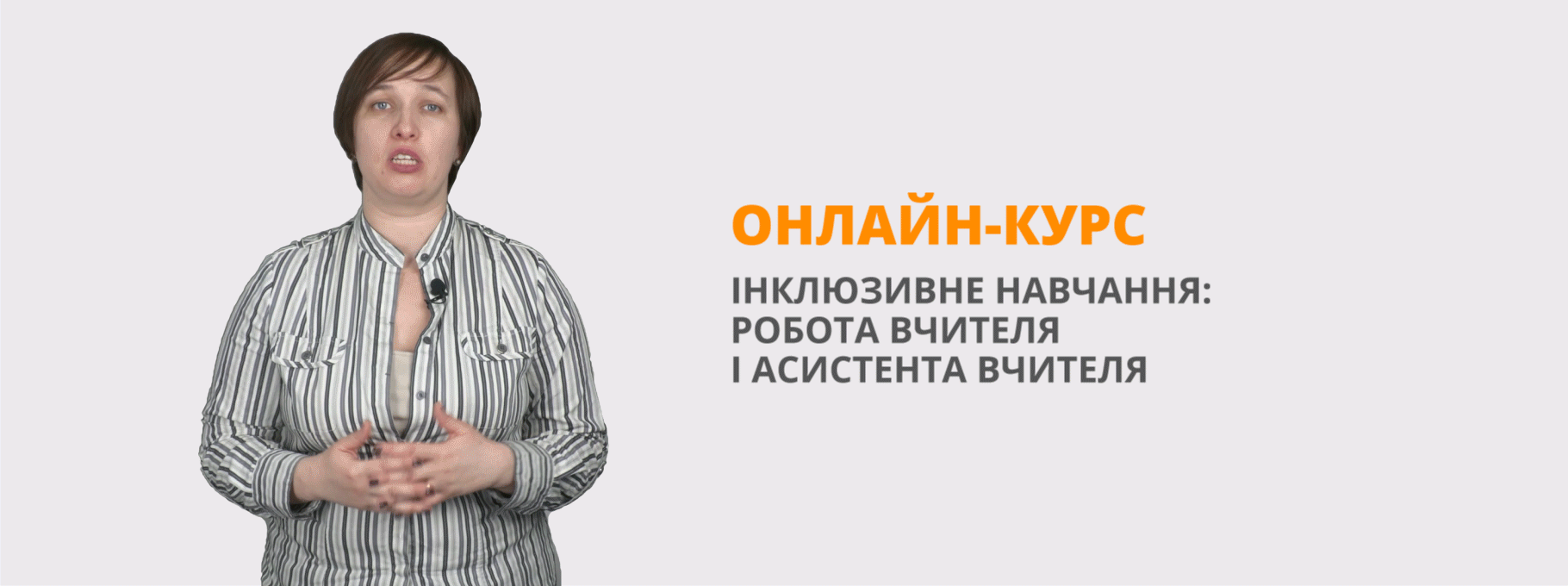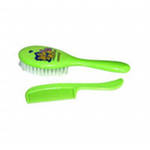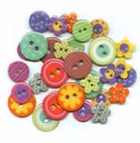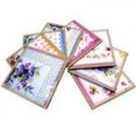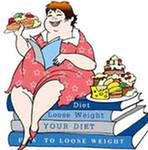Урок. Shops and shopping.
Unit: Shops and services.
Topic: Advertising.
Level B1
Мета:
- Повторити та активізувати вживання попередньо вивчених лексичних одиниць по темі.
- Практикувати учнів в аудіюванні.
- Вчити отримувати, обробляти та користуватися необхідною інформацією.
- Вчити реагувати на репліки співрозмовника, висловлюючи згоду чи незгоду стверджувальними та заперечними висловлюваннями.
- Практикувати в утворенні та вживанні the Second Conditional.
Обладнання: підручник “Exam Excellence”, handouts, картинки, магнітофон.
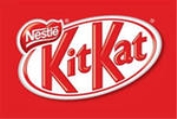
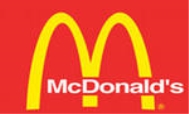



- Warming up.
Try to imagine time when there was no advertising at all. Films and different programs were shown without any breaks. Nowadays advertising is a part of our life.
- Give synonyms to the word “advertisement”.
|
Possible answers:
Advertisement - commercial, promotion.
|
- What is the difference between them?
Pupils give their ideas.
|
Advertisement (ad or advert) – a piece of information in a newspaper, on TV, a picture on a wall, etc. that tries to persuade people to buy sth, to interest them in a new job.
Commercial – an advertisement on TV or the radio.
Promotion – things that you do in order to advertise a product and increase its sales.
|
- Look at the board. There are three sentences written. Fill in the gaps with the words advertisement, commercial and promotion.
- I think these … breaks are too long and boring.
- It’s all part of a special … of the new book.
- The put an … for a new brand of washing powder in a newspaper.
|
Key:
|
- The main part.
Commercial and especially commercial slogans has a great influence on us even if we don’t notice it.
Look at the pictures and the slogans. Can you match them?
|
|
Connecting People |
|
|
Have a break! |
|
|
Think Different! |
|
|
i’m lovin’ it! |
|
|
melt in your mouth, not in your hands |
|
|
JUST DO IT. |
- Pre-listening activities.
Now we are going to listen the text about advertisement.
- Read sentences 1 – 10 in exercise 7 on page 30. Decide which of the sentences below might be the best summary of the text you are going to hear.
(Ex.5 p. 29.)
|
Key to the exercise:
The best summary is 2.
(Only one sentence mentions TV advertising, and none of them talk about preventing advertising from influencing our behavior.)
|
- Read the following sentences carefully. Decide which two of the three sentences have the same meaning. Tick the matching sentences.
(Ex. 6 p. 29)
|
Key to the exercise:
(Sentence A uses similar words, but the overall meaning is completely different.)
(This is more difficult because it suggests that ‘we’ are all ‘shoppers’/ C is very similar in meaning, but it doesn’t talk about how the fact affects us while the other sentences do.)
(Sentence B is the only one that mentions advertising.)
|
- Listening and exercises.
- You are going to hear a radio report on advertising.
Listen and tick the five sentences which have the same meaning as statements in the report.
Pupils listen to the report and do the task.
|
Key to the exercise:
7. We hear “94% of the people taking part in the survey admitted they buy between one and five things more than is really the necessary, each time they visit a supermarket”. 9. We hear “never go shopping on an empty stomach … you’ll buy tons of unnecessary food”.
|
- Post-listening activities.
As you have already understood, there are some positive and negative aspects of advertising.
- Split into two group and Group #1 put down all positive features of advertising. Group #2 is expected to put down all positive features.
Pupils work in two groups.
|
Possible answers: |
|
|
Positive +
|
Negative -
|
- Discussion.
- Exchange your opinions using phrases. Be careful, you may use each phrase only once.
HO 1
|
Expressing opinions
|
HO 2
|
Agreeing |
Disagreeing |
|
Yes, I agree (with you)… |
I’m afraid I disagree. |
|
I completely agree… |
I’m not sure about that. |
|
That’s true. |
I disagree… |
|
I’m with you there. |
I agree to some extent, but… |
Pupils begin discussing.
|
Possible ideas:
|
- Television commercials may be intended to promote products, services and organizations, but, quite interestingly, they also provide us with an excellent opportunity to learn about different languages and cultures. Commercials tell stories, contain pictures, are short, and, most of the time, in their effort to be funny, use idioms.
In the following Ford Hybrid commercial, Kermit the Frog talks about being green. Of course, you can see why Kermit was chosen for this commercial, can’t you?
to be green
If you are green, you “support the environment by making wise choices in what you do and how you live”. You will see the expression to be green in a sentence like this one:
Being green means not supporting companies that harm the environment.
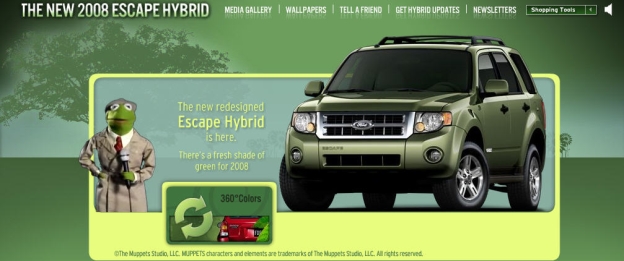
- Now imagine you are PR-manages. You task is to advertise a very simple item from your daily life. Be careful, you mustn’t name this item. Your classmates are to guess what is it. Listen to an example.
|
What’s this?
This is a very useful item in our life. using it you’ll always be green!
|
Pupils make their own advertisements.
Possible variants:
|
This is a very common thing. Nearly all people have it. You may chose any size, colour or shape to your taste. If you have it, your hair will always be in order. It’s a must for every hairdresser.
What’s this? |
|
It may be of different size, colour and shape. It can be made of any material. You may use it either as a decoration or as a functional thing. Your life will be much more difficult without it. It helps to put two sides of your clothes together.
What’s this? |
|
It was invented many years ago, but it’s still actual now. Every cleanly personal has it. It may be useful if sneezing or crying. Now they areas made from natural cloth and are of different colouring.
What’s this? |
- Grammar practice.
A friend of yours is a shopaholic. Every time she goes to the supermarket, she buys tons of unnecessary things. She needs you advice how to get rid of this habit. Give her a piece of advice using the Second Conditional.
HO 3
|
If + Past Simple + would Past continuous could might
Note: We can use would in the if-clause when we make a request.
If you’d like to come this way, the doctor will see you now. |
Pupils in turn give advices using the Second Conditional.
HO 4
|
Complete the sentences:
|
|
Possible answers:
|
- Summing up the results marks.
Today we have discussed different points concerning advertising and its influence on us. We found out positive and negative aspects of advertising. You all were very smart. Your marks are …
- Hometask.
1. Find some English idioms about advertising and demonstrate their meaning.
- Ex/s A, B, C p. 349 (OPG)
Unit: Shops and services.
Topic: Advertising.
Level B1
Мета:
- Повторити та активізувати вживання попередньо вивчених лексичних одиниць по темі.
- Практикувати учнів в аудіюванні.
- Вчити отримувати, обробляти та користуватися необхідною інформацією.
- Вчити реагувати на репліки співрозмовника, висловлюючи згоду чи незгоду стверджувальними та заперечними висловлюваннями.
- Практикувати в утворенні та вживанні the Second Conditional.
Обладнання: підручник “Exam Excellence”, handouts, картинки, магнітофон.






про публікацію авторської розробки
Додати розробку
